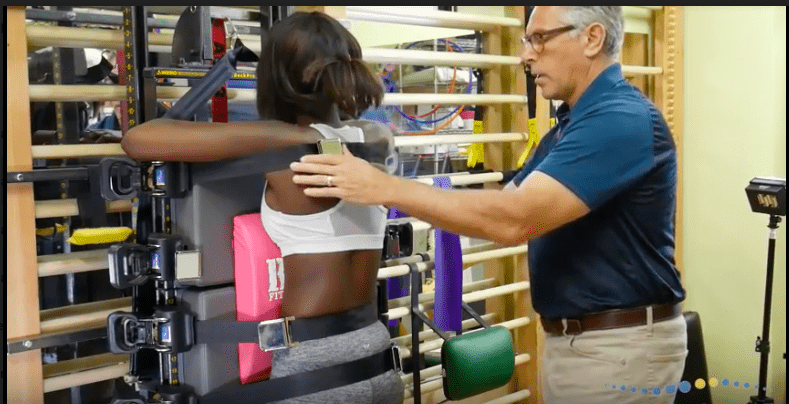April 4, 2014
“My doctor told me to wait and see.”
 “My child was diagnosed with scoliosis by our pediatrician, she referred us to an Orthopedist, but he said not to worry and come back in 6 months.”
“My child was diagnosed with scoliosis by our pediatrician, she referred us to an Orthopedist, but he said not to worry and come back in 6 months.”This is a scenario we hear every day at Scoliosis Systems LLP. Unfortunately, the early diagnosis of Scoliosis, without early intervention leaves many of these patients in less than favorable circumstances. Scoliosis is progressive and can get worse without treatment. Orthopedic recommendations to wait and forego early treatment may reduce over treatment, but will also fail to adeuetely care… for many patients that may have benefited from early treatment.
Families are often under-informed during the early stages of a diagnosis such as Scoliosis. Doctors have had little ability to predict which patients will have a progressive condition resulting in surgery, and which may have only need for non-surgical treatment. Without certainty, doctors have agreed to say little, and hope for the best. When Scoliosis progression becomes evident, orthopedic recommendations of hard bracing often fall short of success. Patients and families are often encouraged to avoid chiropractic and physical therapy approaches designed to reverse the effects of Scoliosis. Without an objective eye, alternatives to “watching and waiting” are not suggested to patients and families, even in cases where peer reviewed successes have been reported.
A study recently published reported patients and families felt under-informed prior to their doctor recommending surgery, and better informed when surveyed months after surgery. I don’t think this is surprising to most, although I do think most don’t want this to be them. Why are our doctors keeping patients and families under informed? It may be the uncertainty of their own intervention has paralyzed them, and change now must come from the alternative providers and the patients they help. Advances in diagnosis, treatment and monitoring cannot be ignored, if significant improvements in non-surgical outcomes are to be realized. Some important improvements include the use of MRI for diagnosis and monitoring, the Scoliscore test to identify patients at high risk of progressive scoliosis, and the Spinecor brace for scoliosis.
Recently the Scoliscore genetic test has made the news, and offers promise moving forward to better predict which patients should pursue aggressive non-surgical treatment protocols. High scores indicate a genetic predisposition for progressive scoliosis, and the likelihood standard orthopedic methods will be ineffective. Low scores indicate there is less likelihood a patient would benefit from surgery, and can be interpreted as an opportunity to maximize non-surgical treatment through sustained therapy designed to reduce and minimize scoliosis.

0 Comments
Leave A Comment